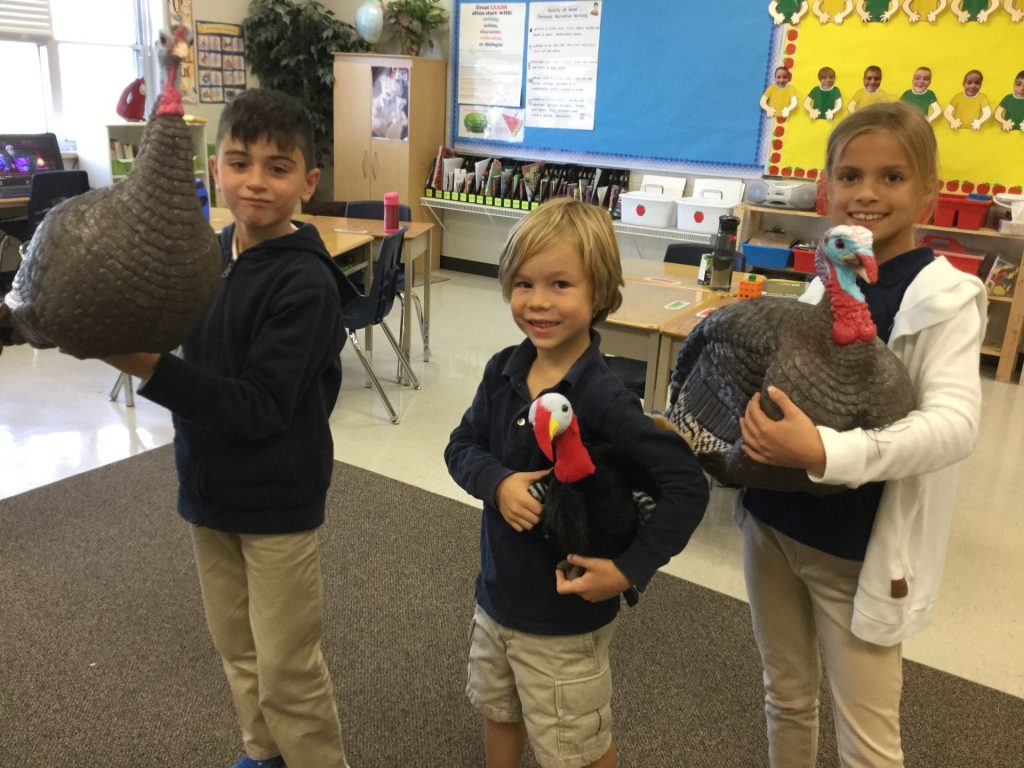The Monarch
Have you ever seen a monarch butterfly and think about how it came to be? The monarch experiences such an incredible change and my husband (aka Turkey Jay) was lucky enough to see the process for himself this weekend!
He took these pictures to show you the changes the monarch goes through. Isn’t it amazing?
Here is the process:

Did you know the monarch catarpillar (larvae) cannot survive without milkweed? That is what this caterpillar is nibbling on. This is the ONLY thing they eat.
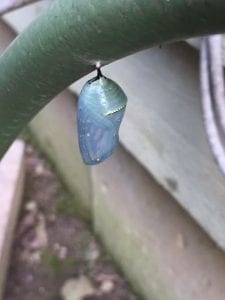
Can you see the monarch’s wings inside the chrysalis? When you can see the wings, it’s ready to emerge! A monarch stays inside for 10-14 days. During that time, the caterpillar is going through big changes, also called metamorphosis.
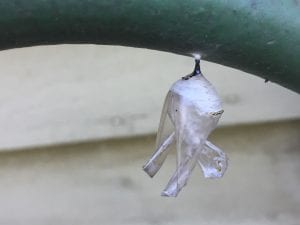
And poof! The butterfly has emerged from its chrysalis and has flown away. A monarch butterfly only lives for 2-6 weeks.
Have you ever seen a monarch butterfly? What about a chrysalis?
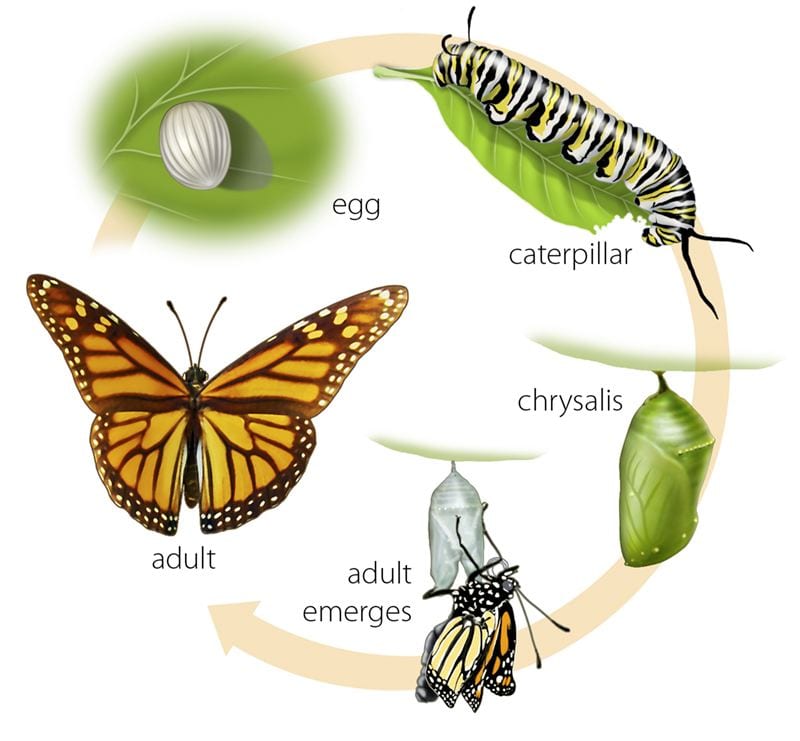
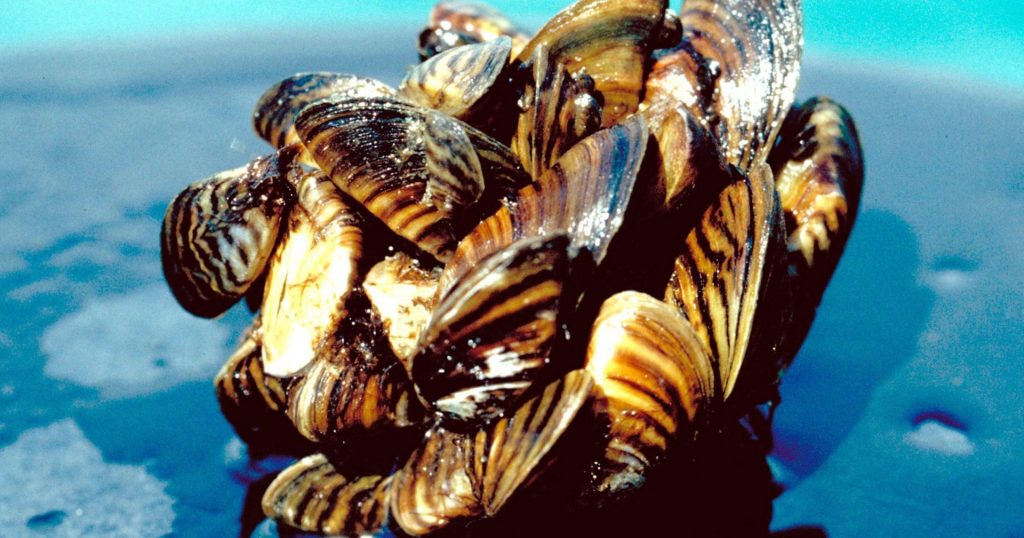
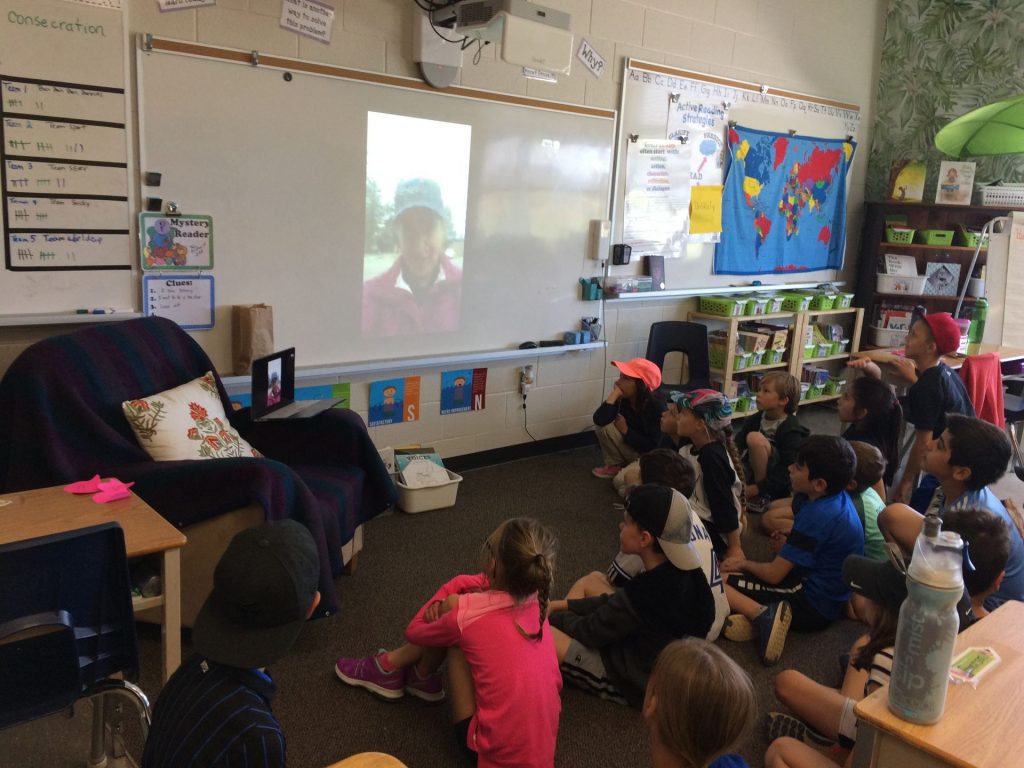
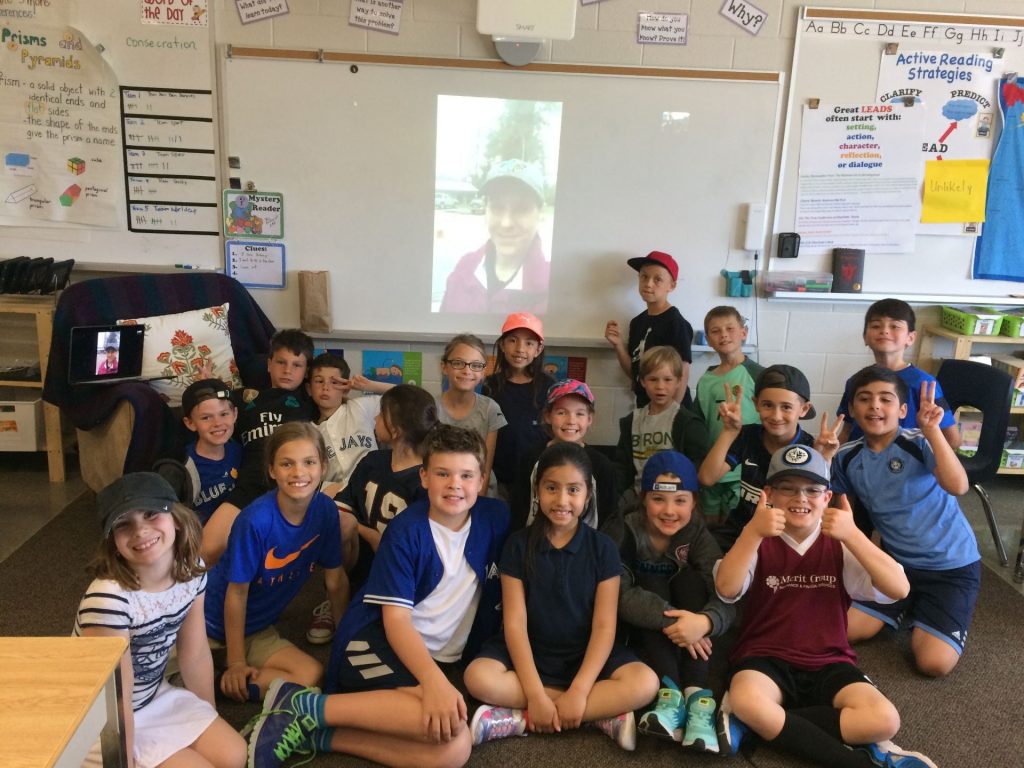
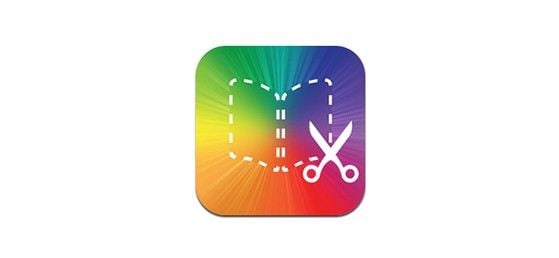 Students used the search engine called
Students used the search engine called 

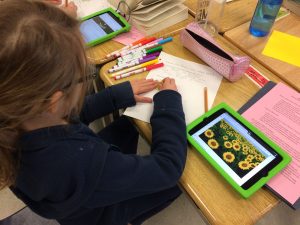
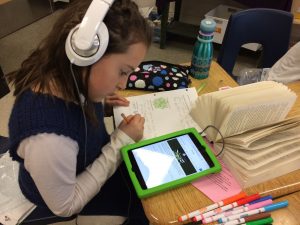
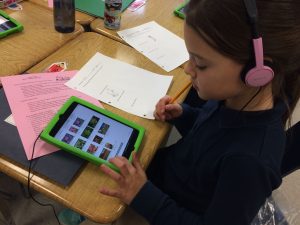

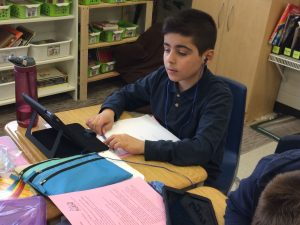
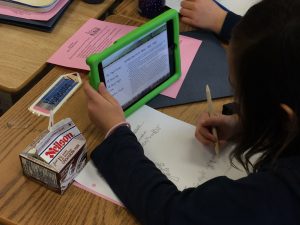
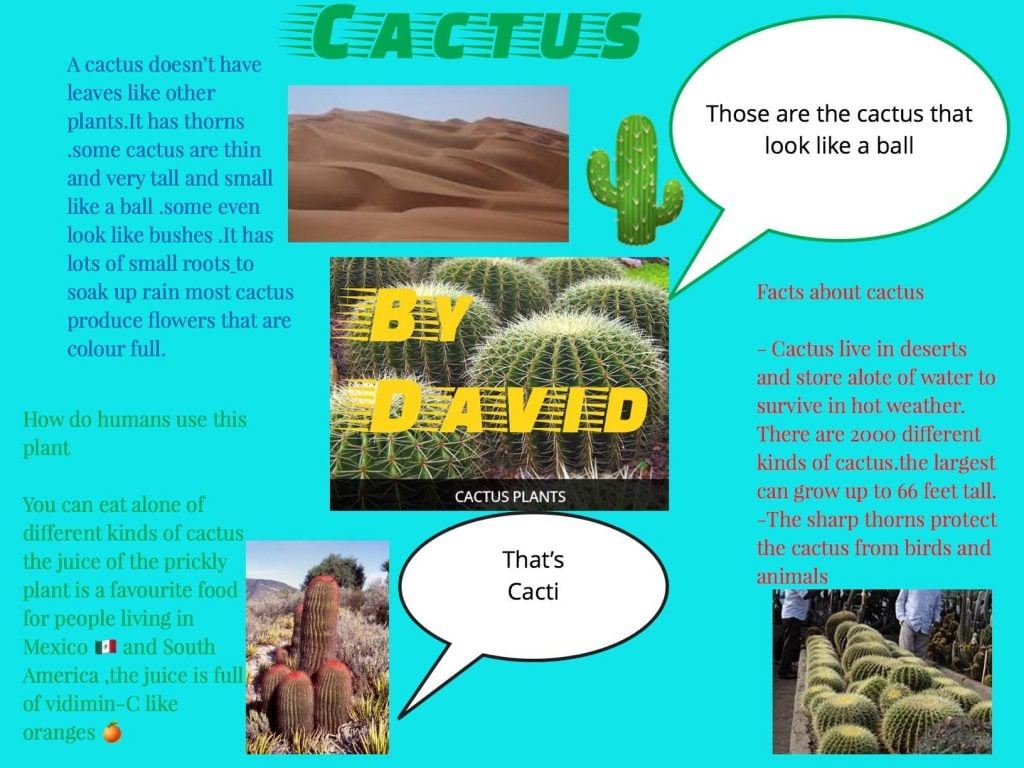
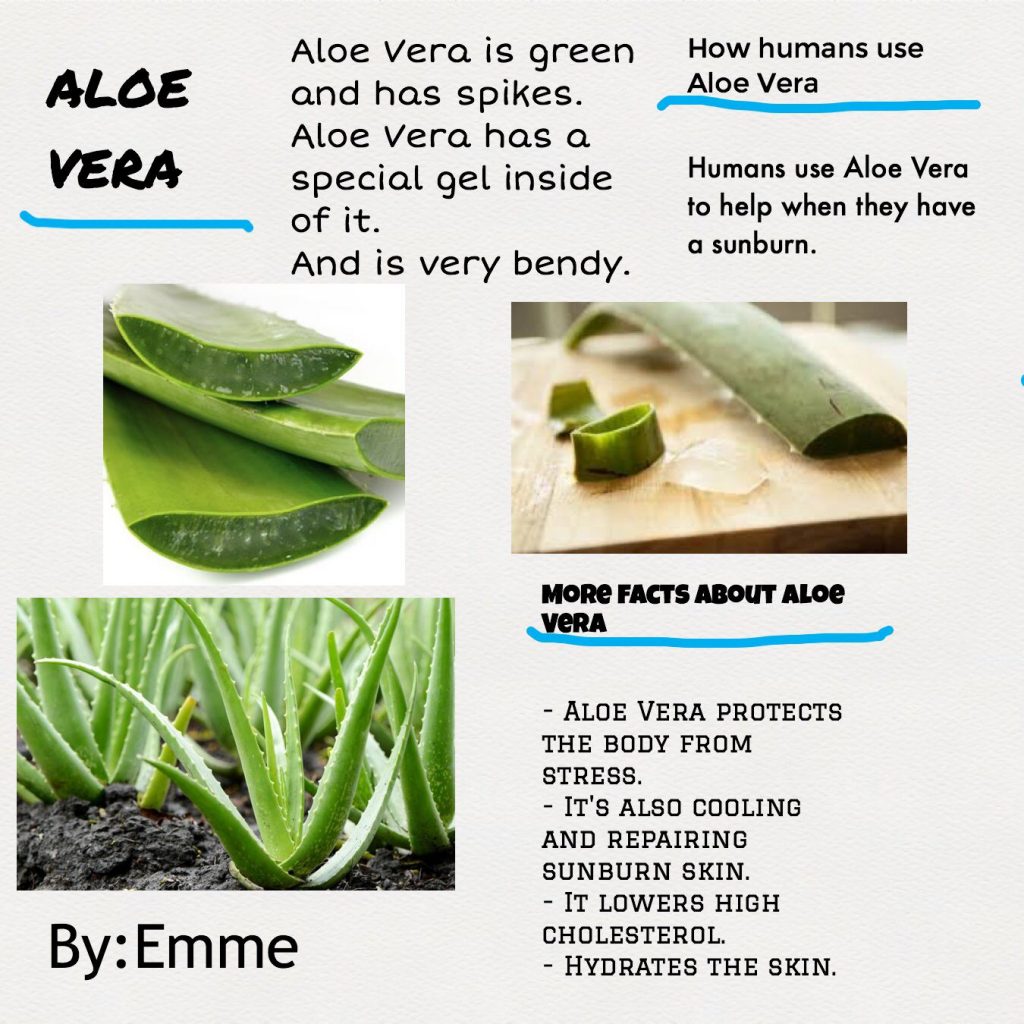
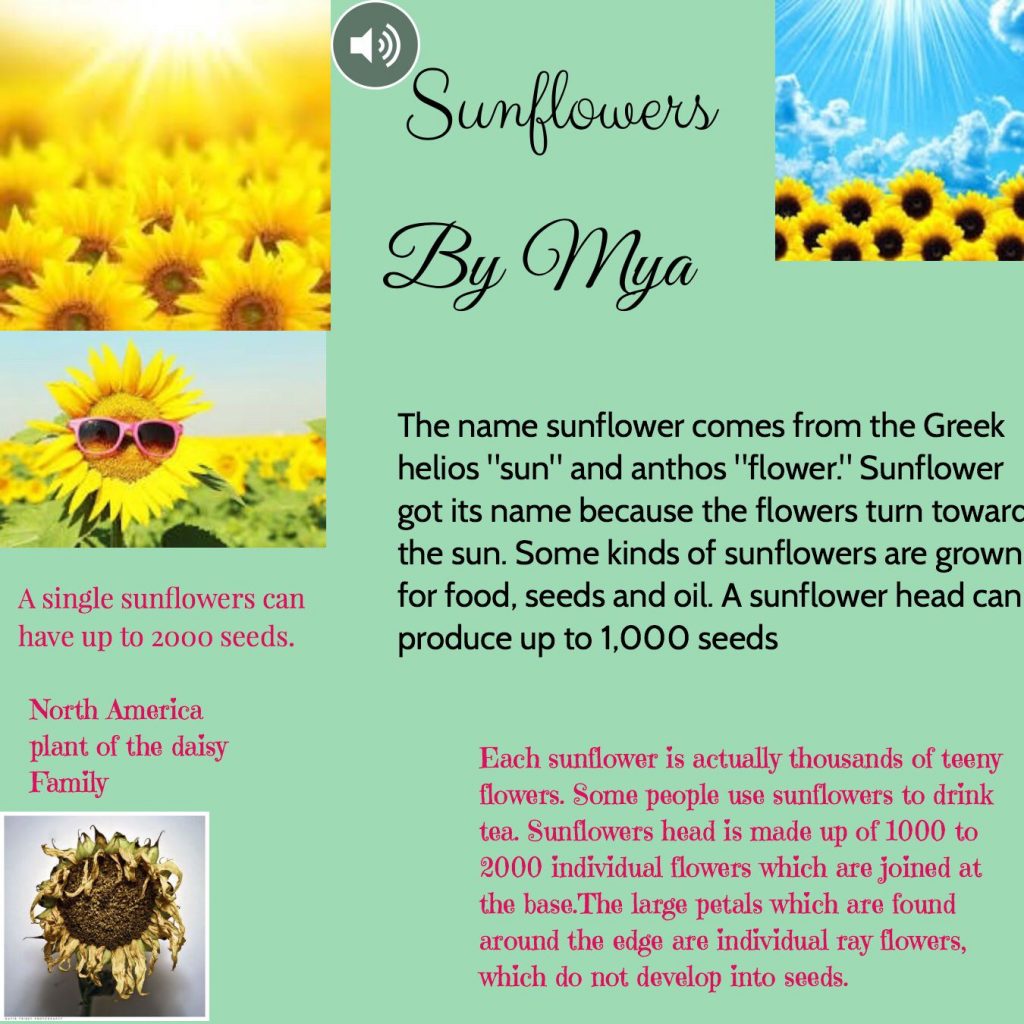
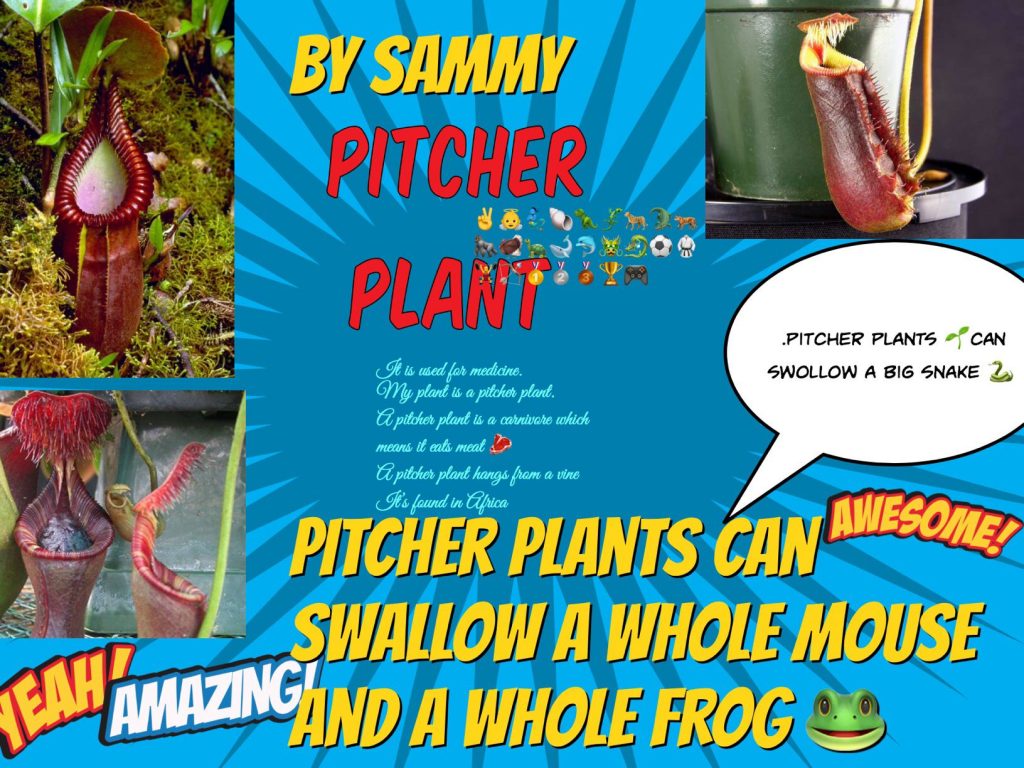
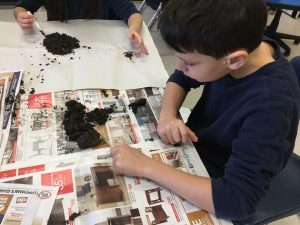

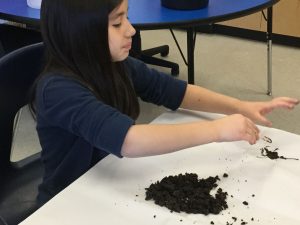
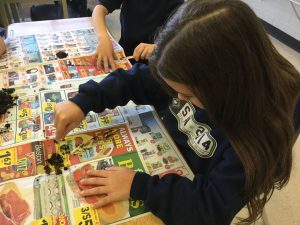
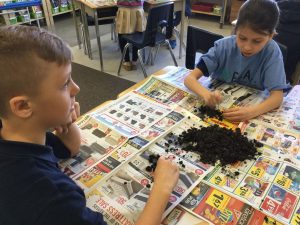

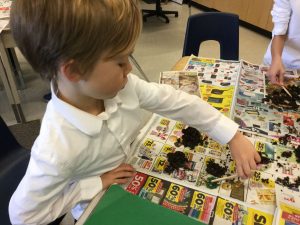
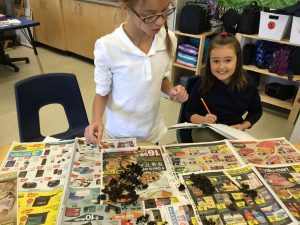
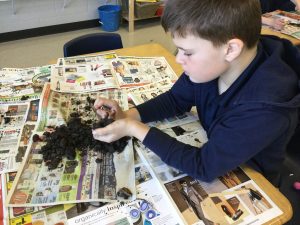


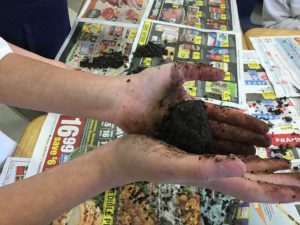
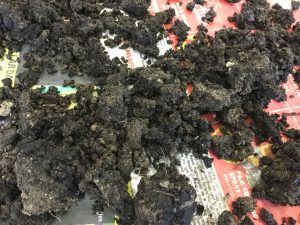
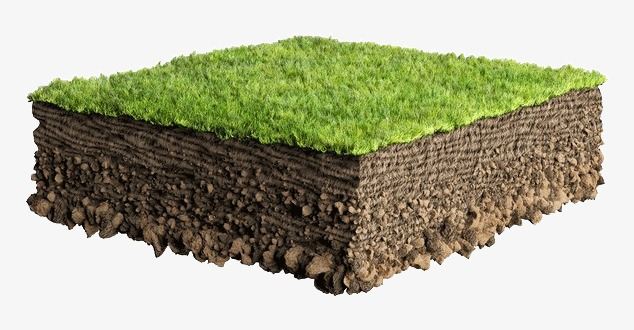
 To prepare for our Habitats science test, students engaged in an activity called
To prepare for our Habitats science test, students engaged in an activity called 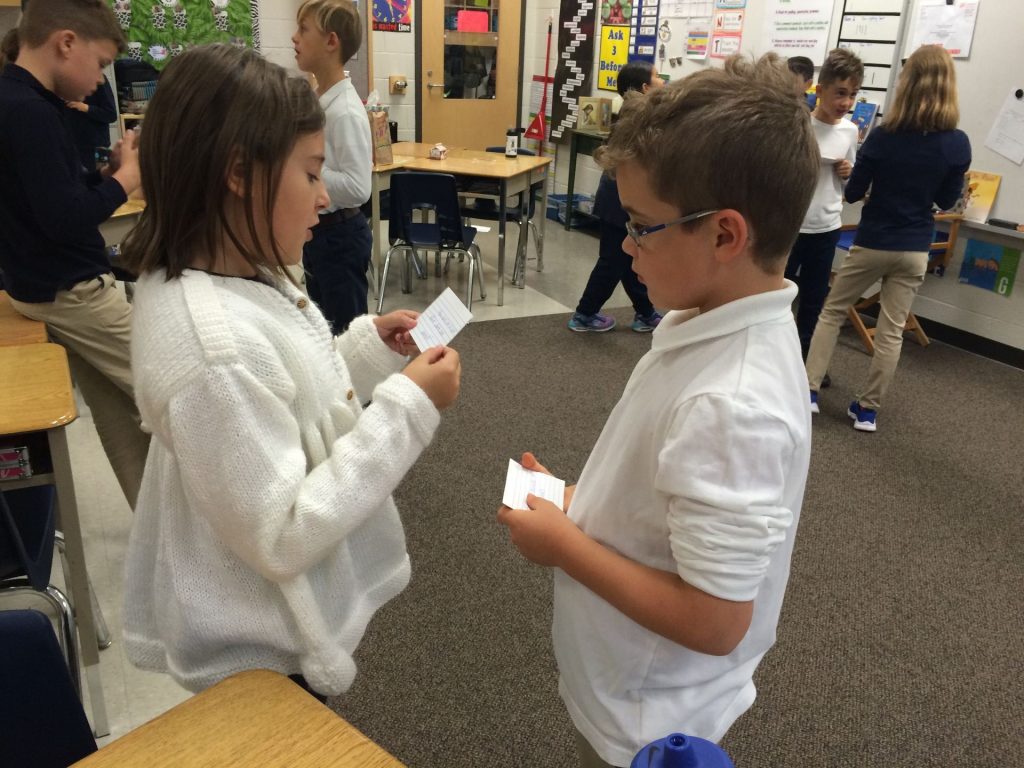
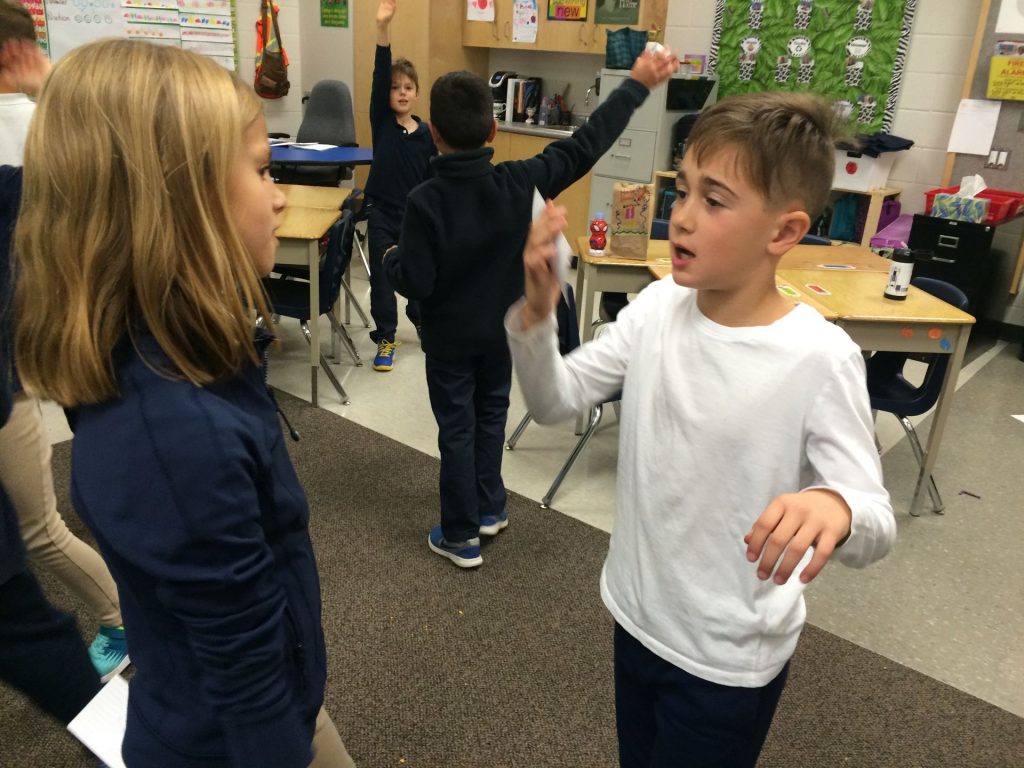


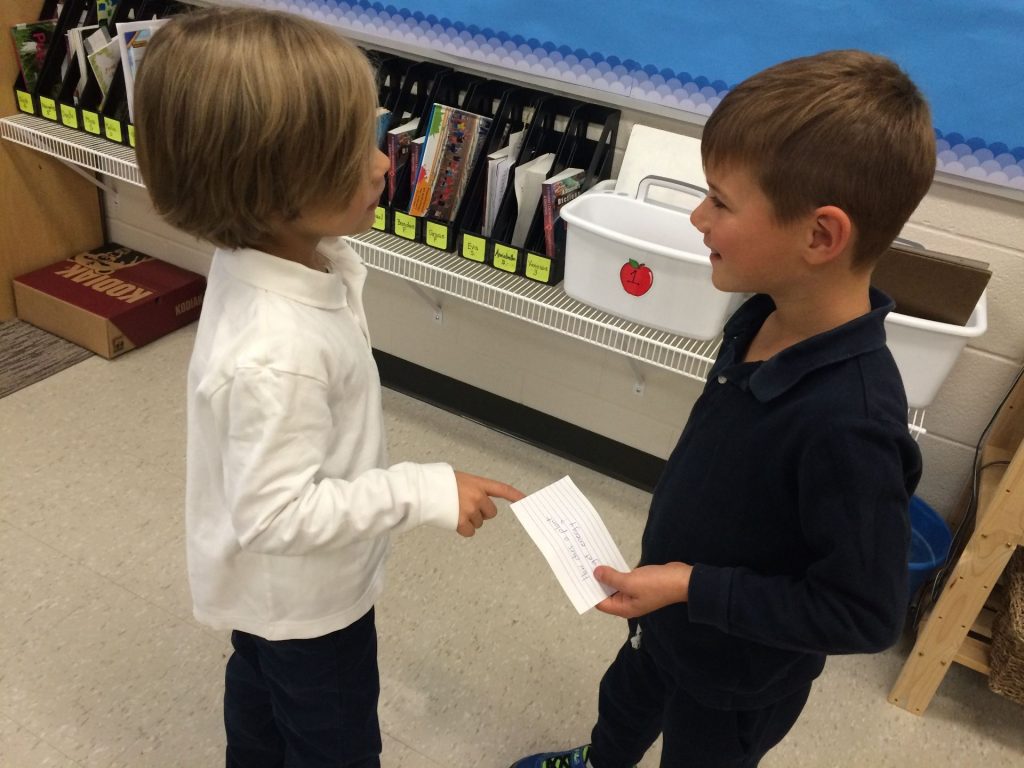

 Last Thursday, Mrs. Sullivan’s students learned about turkeys! Mrs. Sullivan’s husband,
Last Thursday, Mrs. Sullivan’s students learned about turkeys! Mrs. Sullivan’s husband, 